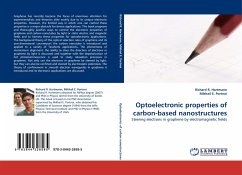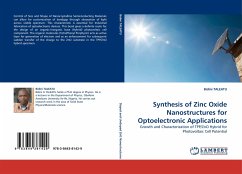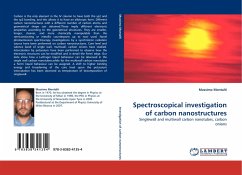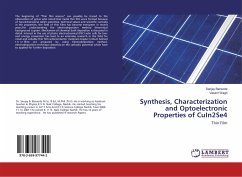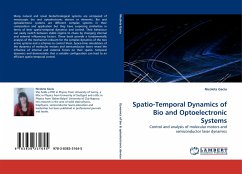Graphene has recently become the focus of enormous attention for experimentalists and theorists alike mainly due to its unique electronic properties. However, the limited way in which one can control these properties is a major obstacle for device applications. This book proposes and thoroughly justifies ways to control the electronic properties of graphene and carbon nanotubes by light or static electric and magnetic fields and to harness these properties for optoelectronic applications. The background theory of the optical selection rules of graphene and its one-dimensional counterpart the carbon nanotube is introduced and applied to a variety of Terahertz applications. The phenomena of momentum alignment: the ability to steer the direction of electrons in graphene by light is discussed and together with the depolarization of hot photoluminescence is used to study relaxation processes in graphene. Not only can the electrons in graphene be steered by light, but they can also be confined and steered by electrostatic potentials. The theory of confinement in smooth electron waveguides in graphene is introduced and its electronic applications are discussed.

